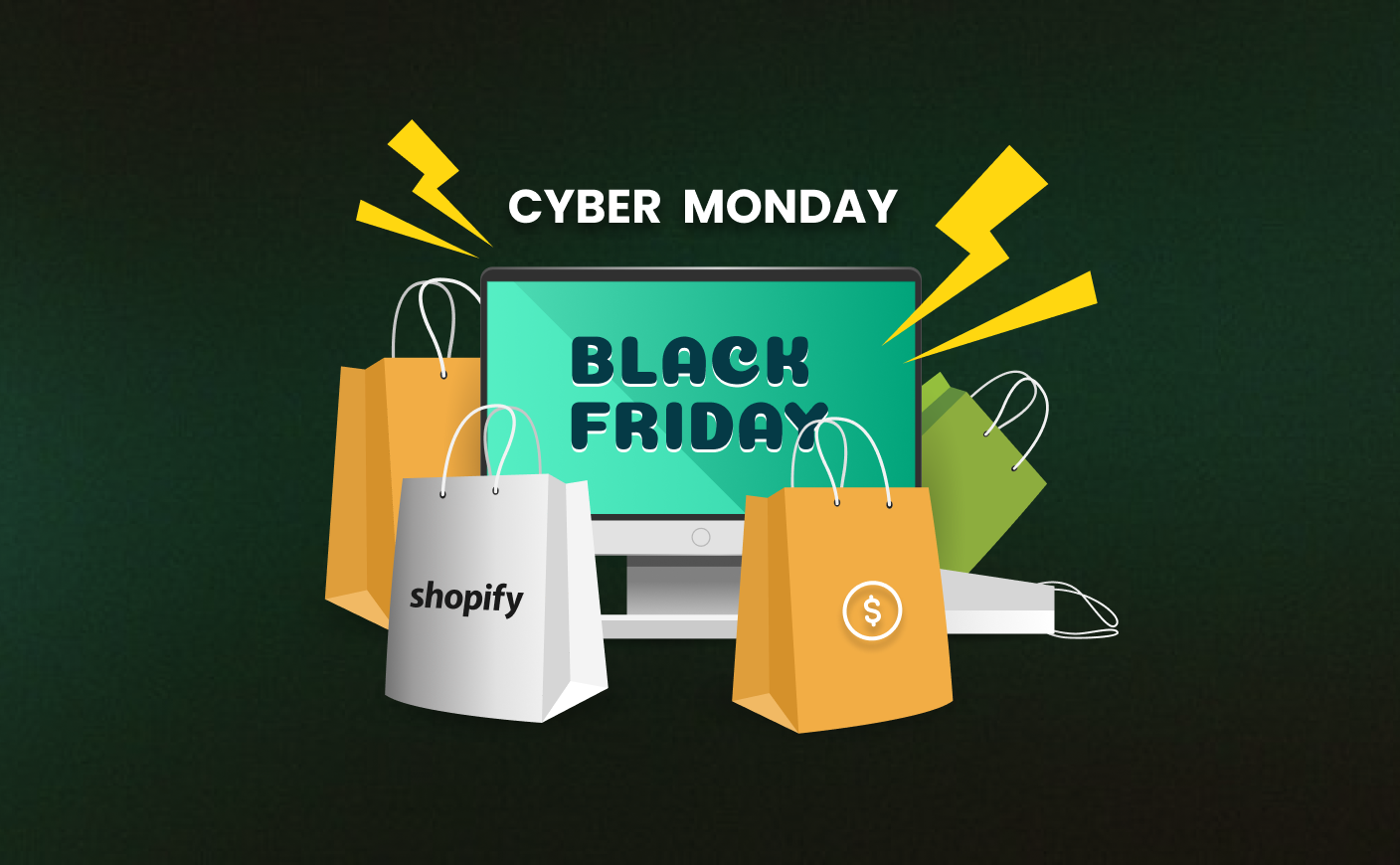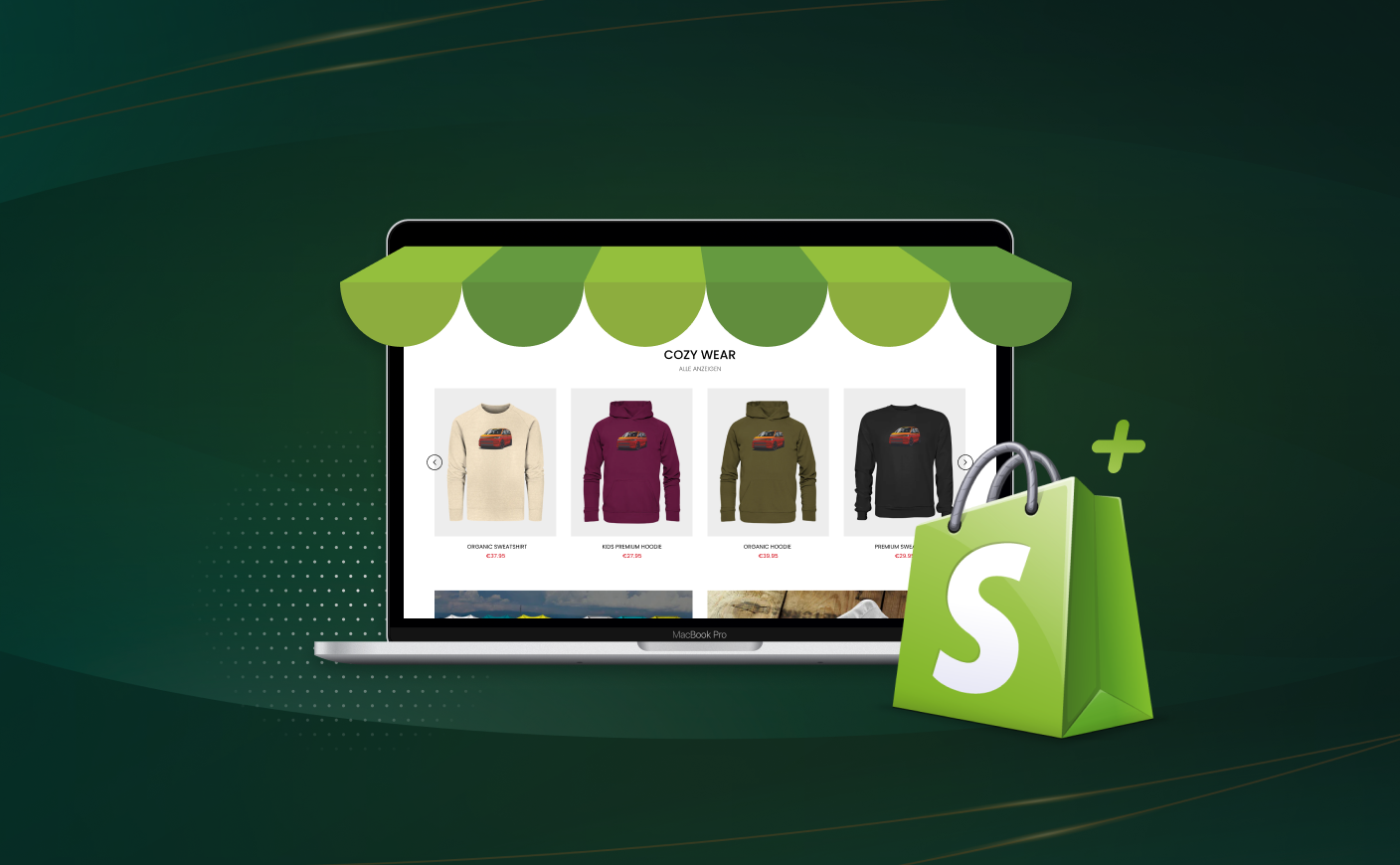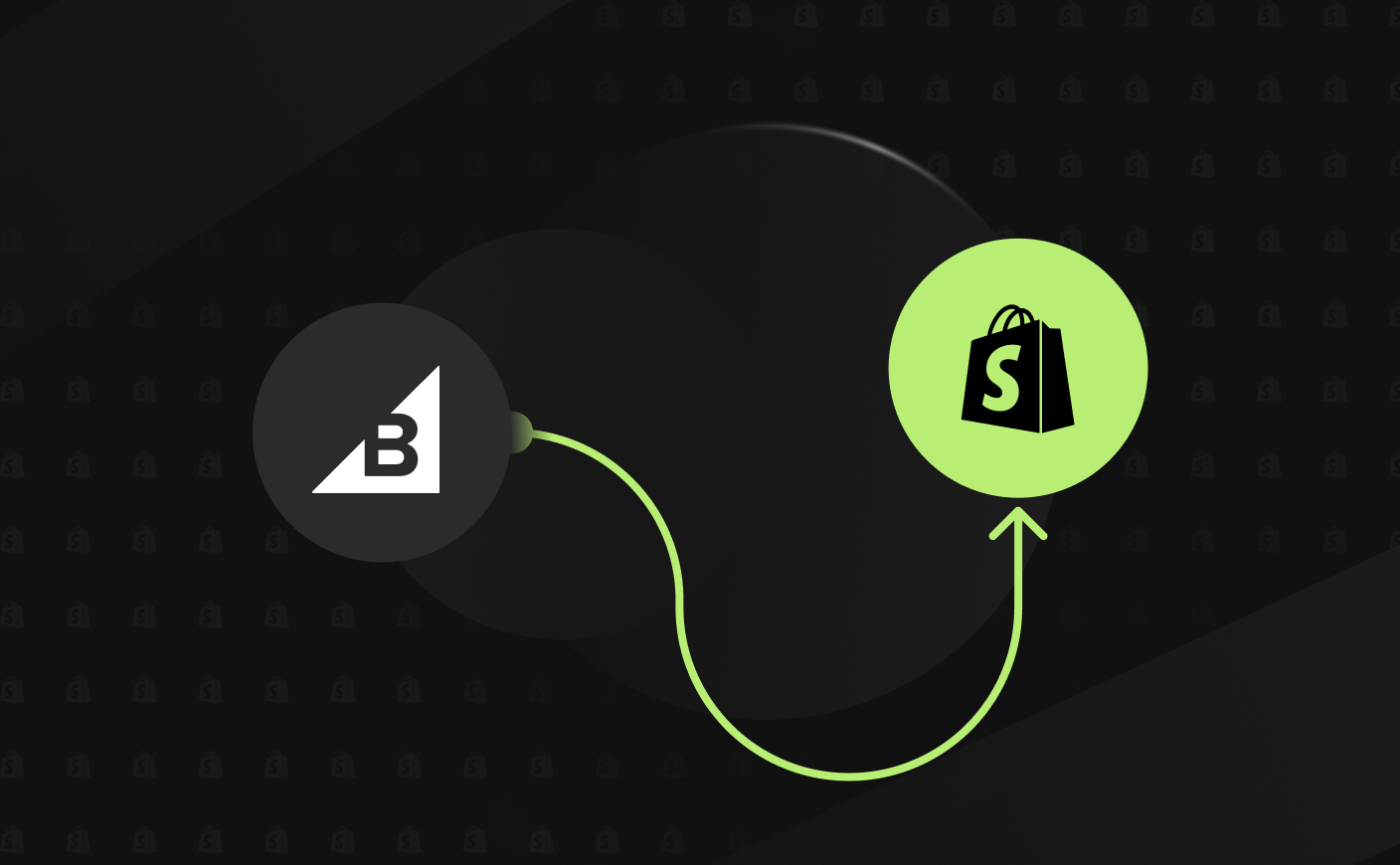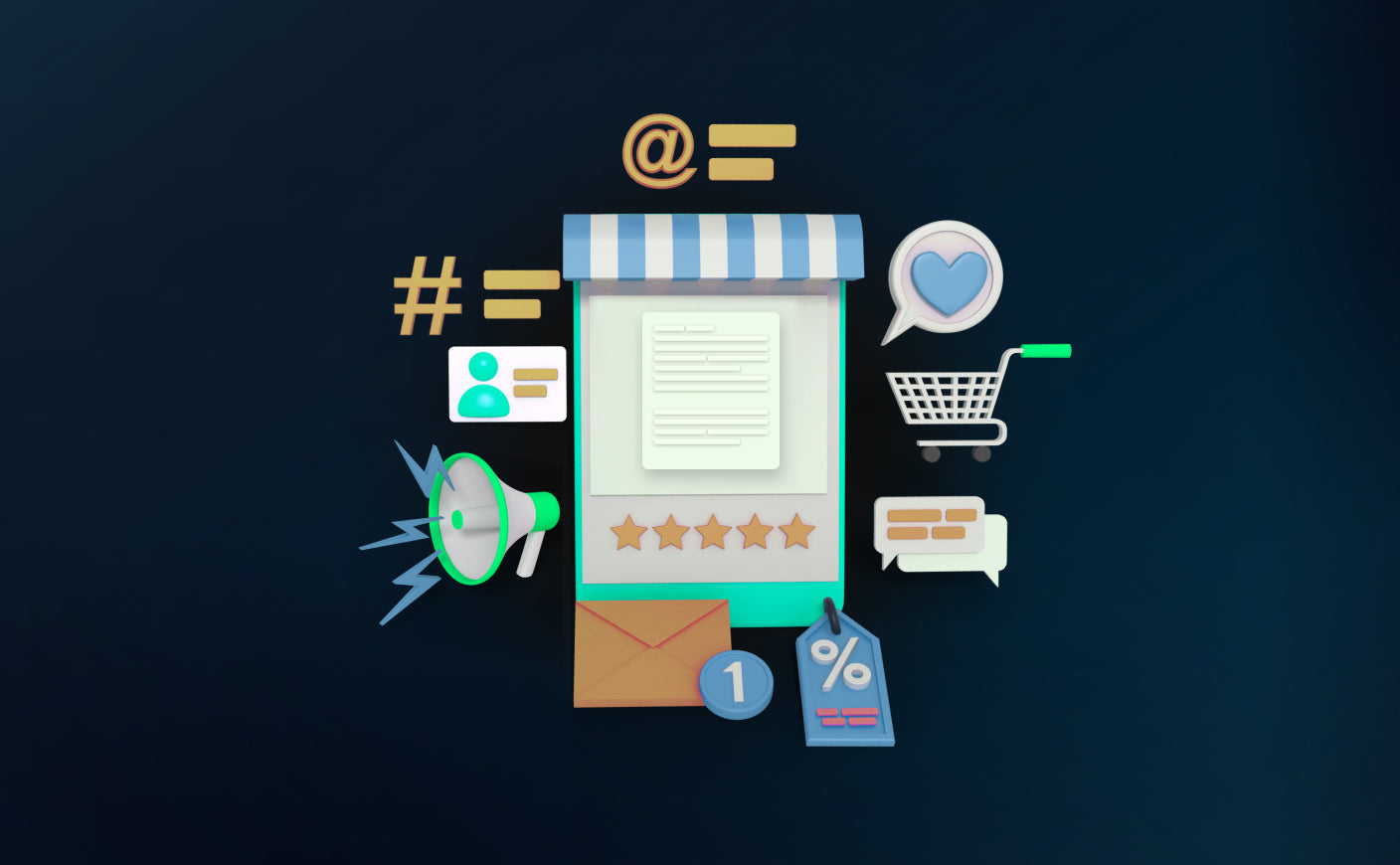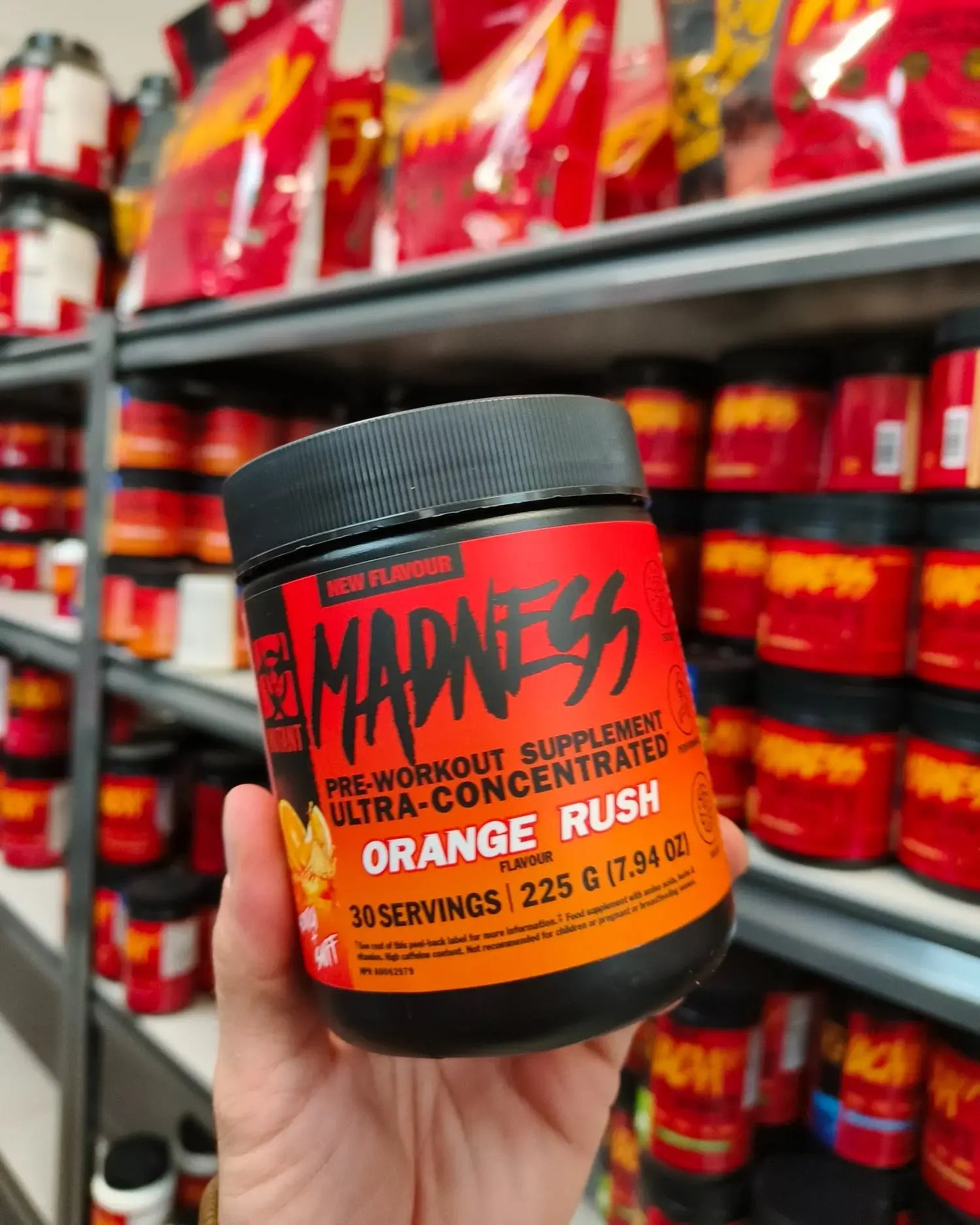Boost Retention with Shopify Plus Loyalty & Personalization
shopify
Shopify Plus
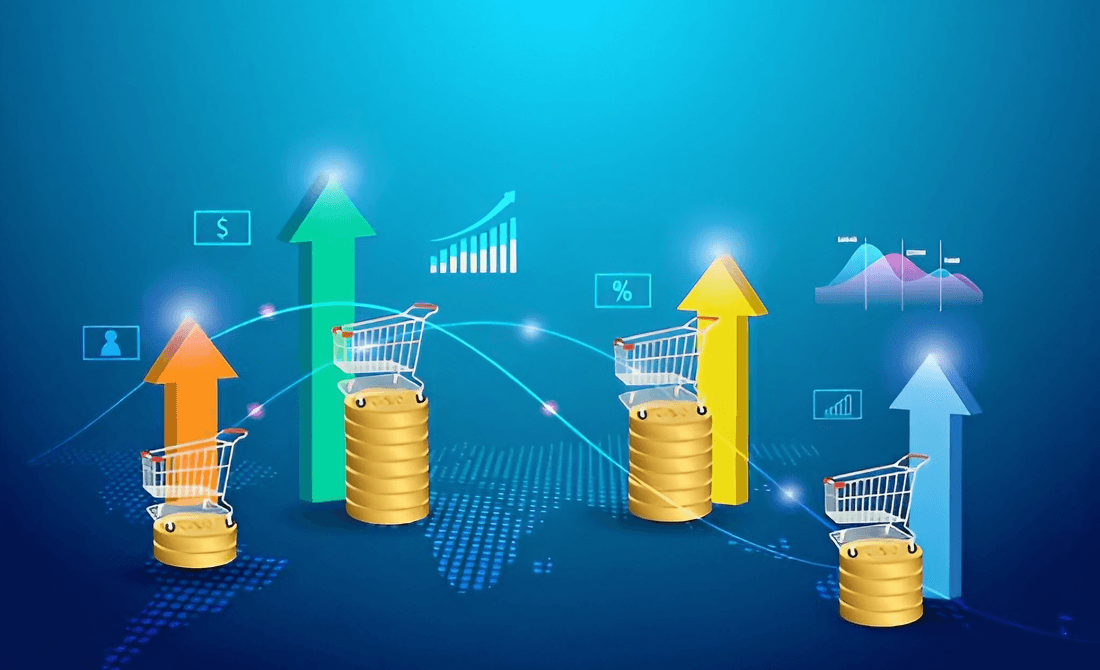
Think of a world where every customer feels like your online store is designed just for them - where they return not just for your amazing products but the experience that you offer.
That is the kind of magic loyalty and personalization programs offer and they are completely transforming the way an ecommerce store works.
Retaining customers is not just about offering a good product, it’s about building relationships that lasts beyond a single purchase. Shopify Plus provides the perfect toolkit to achieve this, enabling you to build connections that are as authentic as they are profitable.
In this blog, we’ll explore how loyalty programs and personalized shopping experiences can be leveraged for boosting customer retention.
Table Of Content:
- Why Shopify Plus Loyalty and Personalization Programs Are Important?
- Top 5 Factors To Consider When Choosing Shopify Plus Loyalty & Personalization Programs
- Various Types of Shopify Plus Loyalty & Personalization
- Personalization strategies
- Real Life Use Cases of Loyalty & Personalization Programs
- Frequently Asked Questions
Why Shopify Plus Loyalty and Personalization Programs Are Important?
Customer loyalty is the backbone of any successful ecommerce business, and personalization is the key to leveraging it. In today’s competitive landscape, simply offering quality products isn’t enough; customers crave experiences that feel tailored to their needs and preferences.
Shopify Plus enables businesses to deliver exactly that, combining the power of loyalty programs with innovative personalization tools to create meaningful customer relationships.
But why are these programs so vital?
Let’s explore how they transform casual shoppers into brand advocates while driving sustainable growth.
#1 Improved Customer Engagement
Personalization helps strengthen the bond between the brand and the customer. Shopify claims that 57% of customers are willing to pay more for companies that provide tailored experiences.
This tailored approach makes customers feel valued, encouraging repeat interactions and fostering loyalty.
#2 Increased Lifetime Value
Customer Lifetime Value (CLV) is directly impacted by loyalty programs that encourage repeat business. For example, Smile.io states that the average order value of customers who use rewards coupons is 16.5% greater than that of customers who use non-reward coupons.
This suggests that over time, well-designed loyalty programs can encourage consumers to increase their spending.
#3 Competitive Advantage
In a saturated market, offering personalized experiences and loyalty programs can differentiate a brand from its competitors.
According to a case study published by Swanky Agency, a women's clothing company improved sales and traffic from returning customers by implementing a loyalty program on their Shopify Plus store.
This success underscores the importance of such programs in building a competitive edge.
Also read: How to choose the best Shopify plus agency for your brand.
Top 5 Factors To Consider When Choosing Shopify Plus Loyalty & Personalization Programs
Selecting the right loyalty and personalization programs for your Shopify Plus store is essential in enhancing customer retention and fostering brand loyalty. To make an informed decision, consider the following five critical factors:
#1 Customizations and Flexibility
Your chosen program should align with your brand's unique identity and customer expectations. Choose solutions with a high degree of customization so you can tailor the user experience, design, and rewards to fit the values of your company.
For instance, Saint Charles Apothecary leveraged Shopify Plus to implement a bespoke bonus point system, enhancing both online and in-store customer experiences.
#2 Omnichannel Integration
In the modern retail setting, consumers engage with businesses on a variety of platforms, including physical shopfronts, mobile apps, and online stores. It's critical to make sure your reward program offers a similar experience across all platforms.
While Shopify Plus offers robust ecommerce features, integrating a composable, API-first loyalty platform can enhance omnichannel functionality, providing a unified customer experience.
#3 Data Analytics and Insights
To monitor consumer behaviour, incentive redemption rates, and program efficacy overall, an advanced loyalty program should provide extensive analytics.
Access to detailed insights enables you to refine your strategies, personalize customer interactions, and maximize the program's impact.
For example, understanding which rewards are most redeemed can help tailor offerings to customer preferences.
Also read: A guide to Shopify ERP integration.
#4 Scalability and Growth Potential
Your loyalty program needs to change as your company grows to accommodate more customers and changing consumer preferences. Select a program that can grow with you and accommodate a wide range of customers by offering features like better personalization and tiered rewards.
Nike's loyalty program exemplifies scalability, effectively engaging millions of members worldwide through personalized experiences.
#5 Ease of Integration and Use
Implementing a loyalty program should not disrupt your existing operations. Choose a platform that works well with your existing Shopify Plus configuration and is easy for both your team and customers to use.
A smooth integration ensures efficient management and enhances customer satisfaction. Evaluating different Shopify loyalty apps, reading user reviews, and utilizing free trials can aid in selecting the most suitable program.
Various Types of Shopify Plus Loyalty & Personalization
Let us go through four different types of loyalty programs and personalization strategies.
Loyalty programs
#1 Points-Based Programs
Customers that participate in point-based loyalty programs earn points for completing certain tasks, such buying products, leaving reviews, or posting on social media. These points can then be exchanged for benefits like special offers, freebies, or discounts. This model encourages repeat purchases and ongoing engagement.
Example: Sephora's Beauty Insider program allows members to earn points with every purchase, which can be redeemed for beauty products, experiences, or exclusive events.
#2 Tiered Programs
Tiered loyalty programs offer different levels of rewards based on a customer's engagement or spending. Customers can access additional unique incentives as they go up the tiers, which encourages more engagement with the brand.
Example: Farfetch's Access Rewards program features five tiers, where higher spending customers receive perks like early access to sales, exclusive products, and personal styling services.
#3 Paid Membership Programs
Customers that participate in paid membership programs pay a price to gain access to special features including premium content, free shipping, and exclusive discounts. This model works well when the perceived value exceeds the membership cost.
Example: Amazon Prime members pay an annual fee to enjoy benefits like expedited shipping, streaming services, and exclusive deals, fostering loyalty through added value.
#4 Value-Based Programs
Value-based loyalty plans complement consumers' personal values, such as social responsibility or sustainability. By promoting issues that are important to them, brands build stronger emotional bonds with their audience.
Example: TOMS' One for One program donates a pair of shoes to a child in need for every pair purchased, appealing to socially conscious consumers and building brand loyalty.
Personalization strategies
#1 Product Recommendations
You can use data such as browsing history and past purchases, to suggest products tailored to individual preferences. This helps to enhance shopping experience and increases the likelihood of additional sales.
Example: Netflix uses viewing history to recommend shows and movies, keeping users engaged by catering to their interests.
#2 Email Campaigns
Segmenting email lists based on customer behavior and demographics allows for targeted messaging, making communications more relevant and effective.
Example: Shopify's platform enables merchants to create personalized outreach campaigns across various channels, using data from the unified customer model to create targeted email, SMS, and social media campaigns.
#3 Dynamic Website Content
Adjusting website content in real-time based on user behavior or preferences provides a tailored experience, increasing engagement and conversion rates.
Example: Shopify Plus supports dynamic content delivery, allowing merchants to present personalized offers and messages to users based on their interaction history.
#4 Personalized Marketing Automation
By using automation technologies that send tailored messages at the optimal times, you can improve client relationships by ensuring constant relevant communication.
Example: Shopify's segmentation features allow businesses to categorize and group customers according to their characteristics and behaviours. Thus, it allows the development of data-driven personas for specialized marketing campaigns.
Real Life Use Cases of Loyalty & Personalization Programs
In 2024, several innovative brands have implemented unique loyalty and personalization strategies to enhance customer engagement and drive business growth.
Here are five noteworthy examples:
#1 Trust Bank's Gamified Data Collection
The trust bank of Singapore introduced gamification elements to encourage customers to voluntarily share zero-party data. By offering rewards and interactive experiences, they built sustainable relationships and enhanced personalization efforts.
#2 Peet's Coffee's AI-Driven Personalization
Using AI-driven consumer insights, Peet's Coffee redesigned its Peetnik Rewards program to deliver specially tailored deals. In just six months, loyalty member transactions rose 47% and membership jumped 350%.
#3 Honda's Personalized Onboarding Videos
Honda enhanced the car-buying experience by providing hyper-personalized onboarding videos to new customers. These videos outlined essential details from their agreements, simplifying the process and fostering customer satisfaction.
#4 Percival's Exclusive Community Engagement
British menswear brand Percival launched "The Closed Circle," a loyalty program inviting top customers to a private chat with the brand's key figures. This exclusive access provided tailored content and strengthened customer relationships.
#5 Japanese Retailers' Curated Experiences
Boutiques like Radd Lounge and Oops in Tokyo focused on unique and selective product offerings, creating loyal customer bases by emphasizing curation and personal taste over mere efficiency. This approach fostered a dynamic retail environment where niche brands flourished.
Frequently Asked Questions
1. How can I measure the success of my loyalty and personalization programs?
To assess the effectiveness of your programs, monitor key performance indicators (KPIs) such as customer retention rates, average order value, and customer lifetime value. Use analytics tools to track customer behavior and engagement metrics, enabling data-driven adjustments to your strategies.
2. What are some cost-effective ways to implement personalization in my Shopify Plus store?
Start by segmenting your customer base to tailor marketing efforts. Leverage Shopify Plus's built-in features, like dynamic content delivery and personalized email campaigns, to create customized experiences without significant additional investment.
3. How do I ensure my loyalty program remains attractive to customers over time?
Regularly update your rewards and incentives to align with customer preferences and market trends. Incorporate feedback mechanisms to understand customer desires and adapt your program accordingly, maintaining its appeal and effectiveness.
4. Can integrating AI enhance my loyalty and personalization efforts on Shopify Plus?
Yes, integrating AI can significantly improve personalization by analyzing customer data to predict preferences and behaviors. This allows for more accurate product recommendations and targeted marketing campaigns, enhancing customer satisfaction and loyalty.
5. What are some common pitfalls to avoid when setting up loyalty and personalization programs?
Avoid overcomplicating the user experience with complex reward structures. Ensure that personalization efforts respect customer privacy and comply with data protection regulations. Additionally, maintain consistency across all channels to provide a smooth experience.
To Wrap Up
In conclusion, integrating loyalty programs and personalization strategies into your Shopify Plus store is a game-changer for customer retention and long-term growth. By offering tailored experiences and meaningful rewards, you not only build stronger relationships with your customers but also differentiate your brand in a competitive market.
CrawlApps
At CrawlApps, we don’t just build Shopify stores—we create experiences that sell. We’re a bunch of problem-solvers who love turning ideas into stores that actually converts. Whether it’s fixing what’s broken or building something from scratch, we make sure every detail works in your favor. No fluff, no jargon—just real solutions that help your business grow. If you’re serious about Shopify, you’ll feel right at home with us.



